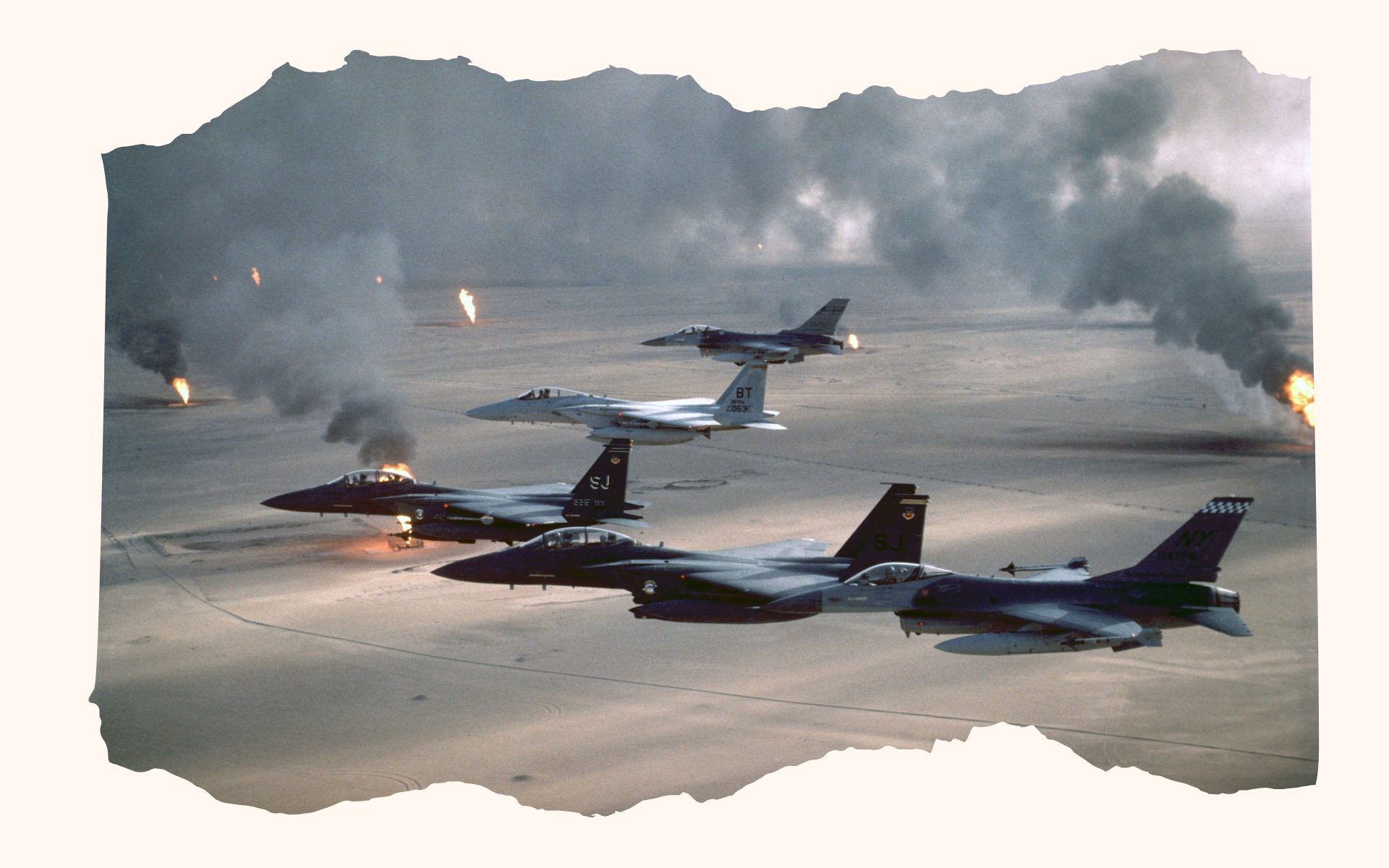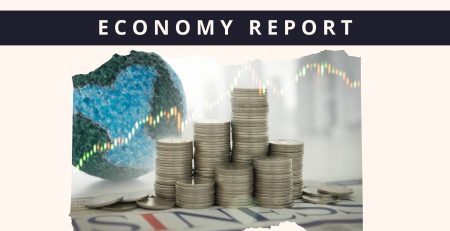How the Iran-Israel War Could Shape Your Investment Strategy in 2025?
The escalating Iran-Israel conflict is sending shockwaves through global markets, particularly in the oil sector. This geopolitical tension, marked by surprise airstrikes, retaliatory missile and drone attacks, and disrupted energy infrastructure, has significant implications for investors. Here’s a breakdown of the situation and actionable insights to guide your investment decisions.
The conflict unfolds
The conflict ignited when Israel launched airstrikes on Iranian nuclear and military facilities, resulting in the deaths of several high-ranking generals and nuclear experts. Iran responded with “Operation True Promise III,” firing over 150 ballistic missiles and 100 drones at Israeli military sites and urban centers, including Tel Aviv, Haifa, and the Galilee. Israel has since retaliated with over 250 strikes on Iranian targets, including nuclear sites, missile facilities, and energy infrastructure. This tit-for-tat escalation has led to the closure of Israel’s main airport, disrupted oil markets, and raised fears of a broader regional war.
📢 Announcement: We're on WhatsApp – Join Us There!
Oil price implications
Oil prices have surged immediately following the initial attack, with Brent crude jumping over 7% to its highest levels in months. Investor fears of supply disruptions stem from Israel’s strikes on Iran’s oil and gas facilities, including the world’s largest natural gas field and key refineries, which have already hampered energy operations. The Strait of Hormuz, a critical chokepoint for 20% of global oil and 25% of LNG trade, is now at heightened risk, with Iran threatening closure. Any disruption here could send oil prices soaring. The conflict has already triggered the largest single-day oil price spike since the Ukraine war began, and further escalation could drive prices even higher, impacting fuel costs, inflation, and global economic stability.
Historical data supports this volatility: the Gulf War (1990-1991) saw Brent rise from $15 to $40 per barrel in three months, the Iraq War (2003) pushed prices from $25 to $50 by 2004, and the Ukraine-Russia conflict (2022) drove prices to a $120 peak. For Pakistan, higher oil prices historically lead to increased inflation with a 3-to-6-month lag, putting pressure on the PKR/USD (depreciation risk), oil import bills, and the current account.
Economic indicators under pressure
The short-term impact on key economic indicators includes:
- Oil Import Bill: Rising due to higher oil prices.
- CPI Inflation: Increasing as costs filter through the economy.
- PKR/USD: Facing depreciation risk.
- Policy Rate: Expected to remain stable.
- Current Account: Under significant pressure.
Sectoral impact on PSX
The Pakistan Stock Exchange (PSX) is experiencing mixed effects:
- Positive Impact: Exploration & Production companies (OGDC, POL, PPL, MARI) benefit from higher oil prices boosting earnings. Oil Marketing Companies (PSO, APL) see inventory gains, refineries (ATRL, NRL) enjoy higher Gross Refining Margins (GRMs), and banks thrive if interest rates stay elevated.
- Negative Impact: Cement and steel sectors face higher fuel/coal/transport costs, autos struggle with expensive imports and a weaker PKR squeezing margins, and other cyclicals see reduced consumer demand due to lower purchasing power.
Rate cut expectations
A recent survey highlights cautious sentiment:
- Expectations of Rate Cut: 76% anticipate no change, with 12% expecting a 100 bps cut, 6% a 50 bps cut, and 6% a 25 bps cut.
- Recommended Action for MPC: 68% favor no change, 21% suggest a 50 bps cut, 9% a 100 bps cut, and 3% a 25 bps cut.
Outlook: resolution and opportunities
Historical precedents suggest these conflicts are typically short-lived, with diplomatic efforts often leading to de-escalation. The U.S. has a track record of mediating tensions, such as during the Pakistan-India standoff and the Russia-Ukraine crisis, and is actively involved here. As markets reopen today, expect an initial oil price spike and equity index decline. However, any diplomatic progress could trigger a sharp rebound, mirroring the rapid recovery seen after past tensions.
Investor Takeaway: Monitor developments closely. View any market correction as a buying opportunity in fundamentally strong, value-driven stocks. Focus on energy and banking sectors for potential gains, while being cautious with cyclicals.
Source: Chase Securities Private Limited
⚠️ This post reflects the author’s personal opinion and is for informational purposes only. It does not constitute financial advice. Investing involves risk and should be done independently. Read full disclaimer →












Leave a Reply